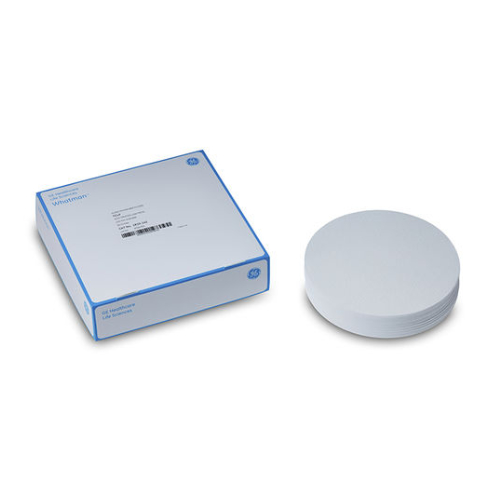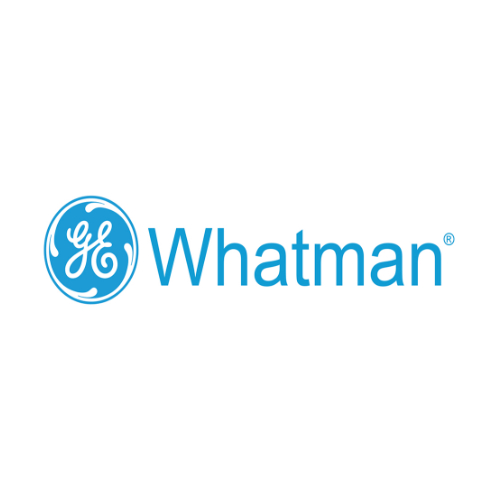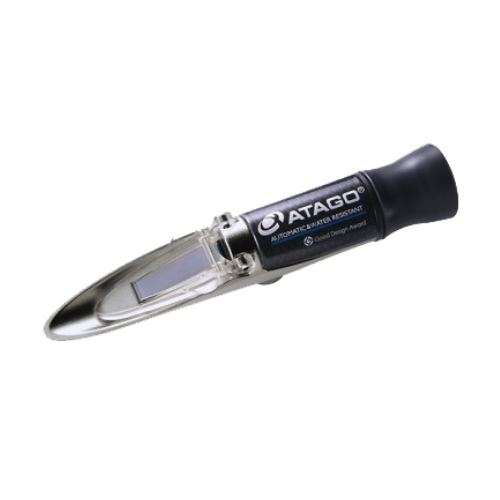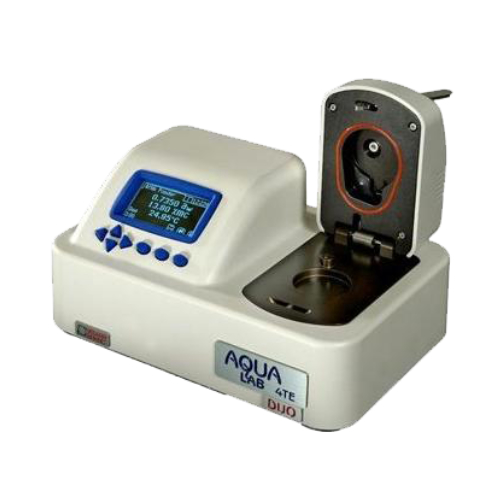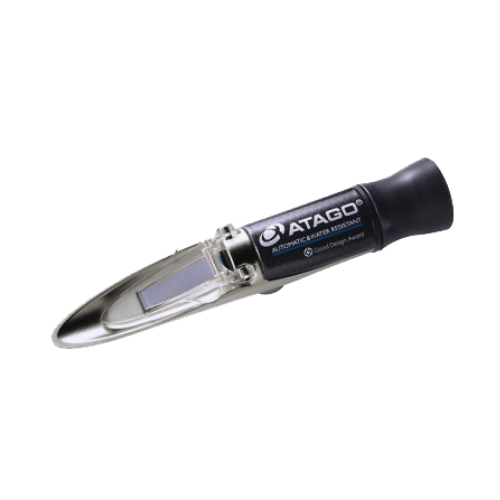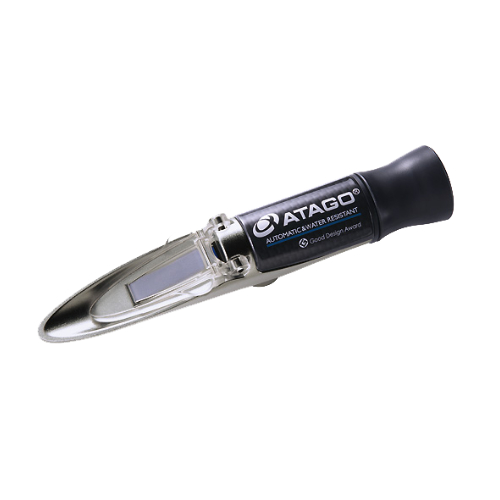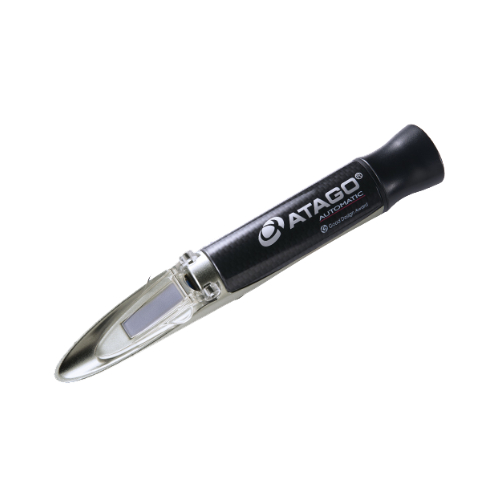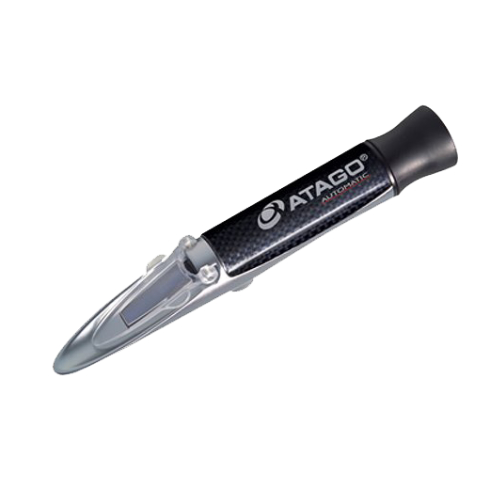Description
Toxicity Characteristic Leaching Procedure (TCLP) is designed to predict the toxicity of hazardous waste. Industrial waste must comply with established TCLP limits to ensure that hazardous contaminants, known as landfill leachate, do not migrate into groundwater and threaten local drinking water sources.
By accurately characterizing the degree of contamination, material can be disposed of as safely and economically as possible.
TCLP limits
To dispose of hazardous waste in a United States municipal landfill, TCLP limits must fall within standard levels set for maximum contamination levels (MCLs). If MCLs are exceeded, the producer must dispose of the materials at a specialized hazardous waste facility, which increases costs significantly.
Acid-treated, low metal Whatman TCLP test filters from GE Healthcare’s Life Sciences business can help to determine what steps, if any, must be taken to mitigate landfill leachate risk.
Whatman TCLP test filters
TCLP-compliant test filters from GE come in six filter sizes for accurate landfill leachate modeling and sample analysis:
- 47 mm
- 90 mm
- 110 mm
- 125 mm
- 142 mm
- 150 mm
| Parameter |
TCLP Limits Test Filter, circle |
| Nominal Air Flow Rate : |
19s/100ml/in2 |
| Nominal Thickness : |
420 µm |
| Nominal Basis Weight : |
75 g/m² |
| Max recommended temperature : |
550 °C |
| Material : |
Borosilicate glass |
| Format : |
Circles |
| Typical Particle Retention in Liquid1 : |
0.7 µm |
| Typical water flow rate2 : |
60 ml/min |
| Diameter : |
47 mm, 90 mm, 110 mm, 125 mm, 142 mm, 150 mm |
| Pack Size : |
50 pieces – 90 mm, 110 mm, 125 mm, 142 mm, 150 mm
100 pieces – 47 mm |
- 1Particle retention rating at 98% efficiency.
- 2Normalised for 9 cm diameter. Measured under gravity for comparative purposes

